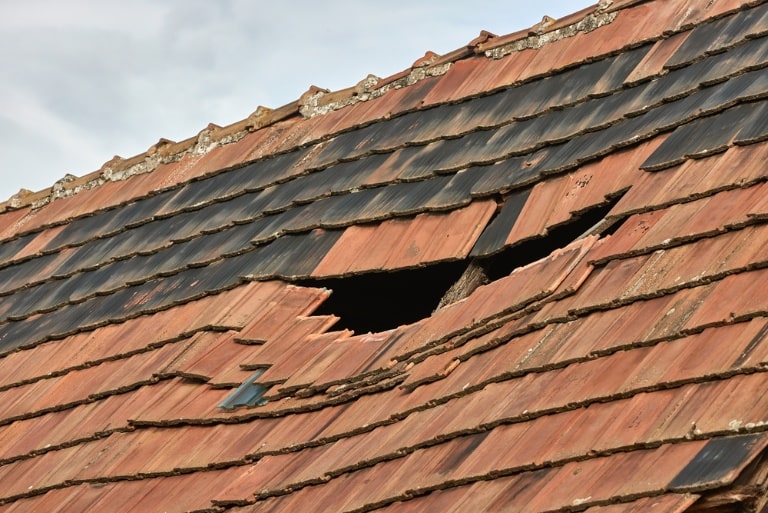How to Fix a Large Hole in Your Roof

When you find a large hole in your roof, it can feel like a serious problem. This may happen due to weather, falling branches, or wear and tear. If you wait too long to fix it, you could face leaks, uncomfortable living conditions, and even mould. Since your roof is essential for keeping your home safe and intact, it’s important to address this issue quickly.
Ignoring the hole can lead to even bigger problems and higher repair costs later on. Your roof protects you from rain and other weather, so it needs your immediate attention.
Here’s how you can fix a large hole in your roof and keep your home safe and comfortable.
Assessing the Damage
Before making any repairs, inspect the hole and the area around it. Remove any debris, such as branches or leaves, and inspect the roofing material, whether it’s shingles, tiles, or metal. This will help you determine the necessary repairs.
Also, look for signs of water damage inside your home. Check the insulation and ceilings below for discoloration, mould, or damp spots. If you see any major structural issues, consider calling a professional before you start fixing things.
Professional Expertise
Roofers are important for keeping your home safe. They have extensive knowledge of various roofing materials and structures, enabling them to handle repairs and installations effectively. Toronto roofers have the right tools and know how to ensure that each repair is done correctly, which helps prevent future problems.
When you hire a roofer, you benefit from their knowledge. This can make your roofing system last longer. If you don’t want to do it yourself, hiring a roofer can save you time and give you peace of mind that the work is done right.
Gathering Supplies
After assessing the damage, gather the supplies you’ll need. Depending on your roof material, you might need different items. Generally, you will need roofing cement, replacement shingles or patches, a ladder, a utility knife, roofing nails, and some tools like a hammer and trowel.
Don’t forget to wear safety gear, including gloves and possibly eye protection. Taking safety precautions is crucial to avoid injuries while working on the roof.
Prepping the Area
Clean the area around the hole thoroughly. Remove any loose or damaged shingles that could get in the way of the repair. Fill in any gaps with roofing cement and make sure the surface is level. Creating a good foundation for your new materials is essential for a secure roof.
While you’re up there, check for any other spots that might need fixing. This is a good time to reinforce weak areas or add new sealant to prevent future leaks.
Making the Repair
If you have a small hole in your roof, you can often fix it with roofing cement or a roof patching kit. For larger holes, you will need to replace some shingles or tiles. Cut the patch to size and put roofing cement underneath the edges. Use roofing nails to secure it, ensuring it overlaps any nearby shingles to improve water drainage and sealing.
If your roof is very steep or high, it’s best to hire a professional roofer. They have the skills and experience to do the job safely and correctly.
Preventing Future Problems
After you fix the hole in your roof, it’s important to take steps to prevent more issues. Regular maintenance is essential. Schedule roof inspections, especially after bad weather. Check for loose shingles, cracks, or wear that could cause leaks.
Also, clean your gutters often to ensure proper drainage and stop water from collecting on your roof. Trim back any branches that hang over your roof to avoid damage from falling limbs. These actions can help your roof last longer and keep your home safe.
Knowing When to Replace Your Roof
Sometimes, just repairing a hole isn’t enough. If your roof is old, has several leaks, or shows a lot of wear, it might be time to get a new roof. This could save you money in the long run.
Look for signs like uneven shingles, extensive discoloration, or a large amount of mould. Talk to a professional roofer for an assessment. They can help you determine whether to repair or replace your roof and recommend materials that will best protect your home for years.




